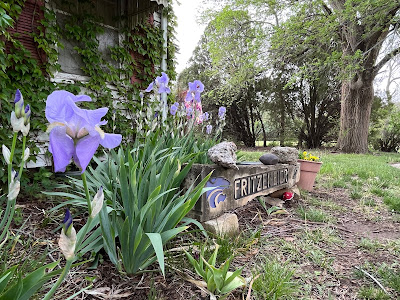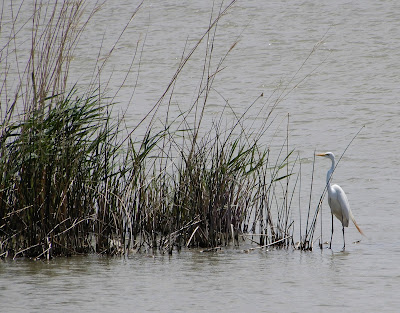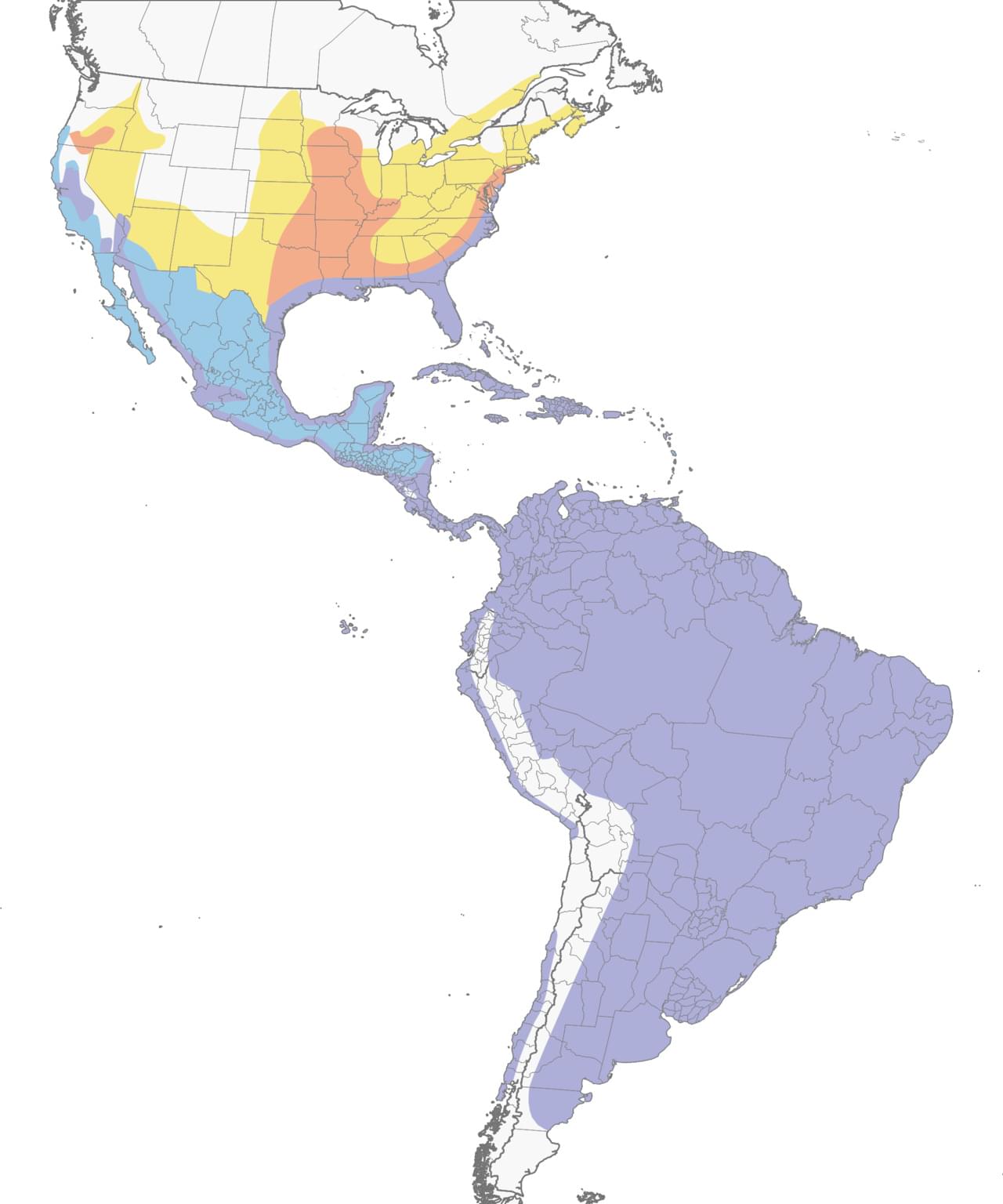 |
| Photo taken May 12, 2022 |
Good lighting is everything. A good moisturizer is also critical to that dewy "super model" look. But, look a little closer, and the 2022 wheat crop may look a little more haggard than a touched-up "after" picture.
Yes, some rain and a beautiful sunset made a photo of our 2022 wheat crop look good. But, it was kind of like putting lipstick on a pig, as the saying goes. It didn't reveal the blown-out portions of the field and its short stature.
And I'm getting the feeling that the 2022 Hard Winter Wheat Quality Tour is kind of like that, too. The tour was May 16-19. Tour participants traveled six routes form Manhattan to Colby to Wichita and back to Manhattan. An average yield of 39.7 bushels per acre was calculated from the three-day average yield.
Randy and I will be thrilled if we come close to that for our final wheat harvest as active farmers. It sure doesn't look like it here, where we are still firmly in the grip of extreme drought.
Of course, just like meteorologists are prone to do, the Wheat Quality tour powers-that-be give the caveat that there's a lot of time between the end of the tour and the beginning of harvest.
We did get rain in May, helping make up for the lack of moisture this winter and spring. We got about 1.5 inches during the first week of May. Then, early on May 18, we got about 0.40" more.
The rain gave Randy enough optimism to turn in most of our wheat acres to be sprayed with a fungicide. Crop dusters flew it on on May 16.
.jpg) |
| May 16, 2022, Photo by Randy |
I had an eye appointment in Hutchinson, so my photography assistant did his best to capture a few snapshots.
.jpg) |
| May 16, 2022, Photo by Randy |
.jpg) |
| May 16, 2022, Photo by Randy |
The official Wheat Quality Tour projection for total production of wheat to be harvested in Kansas is 261 million bushels. The figure is the average of estimated predictions from tour participants who gathered information from 550 fields across Kansas.
The tour summary did acknowledge that the Kansas wheat crop is spotty
and short.We concur here on the Stafford/Reno County line.
As I've been doing since October, we took a photo on May 21. (Truth be told, we actually took it the evening before.)
 |
| Evening, May 20, 2022 |
There are some light-colored heads, perhaps due to freeze damage or drought. Those heads don't have kernels.
 |
| Photo from 2021 wheat harvest |
Last week, we ended up with an additional 4.4 inches of soft, soaking rain. It should help the wheat heads fill. Time will tell how much the rain impacts the drought map, but we are thankful.
Since I posted wedding-related blogs last week, I'm behind on posting my wheat update. So Randy and I went out this morning to take a few photos.
It's amazing to compare the color of the wheat on the evening of May 20 to the morning of May 31. The wheat's color is transitioning to gold. And we were also surprised by the size of some of the heads. The rain last week gave a good boost for filling the heads.We Kansas farmers aren't the only ones watching and wondering about this year’s wheat harvest. As a Kansas Wheat news release said, the combination of expanding drought
conditions and steep input prices in the U.S. and the continued
impact of the Russian invasion of Ukraine has the markets — and farmers — on edge. A collection of resources from
policy-makers and analysts offers insights into the economic impacts of
current geopolitics.
“Continued disruption in Ukraine through their wheat harvest combined with expanding drought conditions here at home will continue to weigh on the world wheat market. This growing season has the unprecedented combination of geopolitics, weather and some of the highest fertilizer prices and chemical inputs — but farmers here and abroad will remain resilient reminders of the importance of agriculture as a constant in a world full of conflict.”Kansas Wheat CEO Justin Gilpin in a news release from Kansas Wheat
The world consumes about 787.4 million metric tons (28.9 billion bushels) of wheat each year. Russia and Ukraine are the world’s top and fifth exporters, respectively, according to the most recent available stats from the Food and Agriculture Organization of the United Nations (FAO).
 |
| Photo from 2021 wheat harvest |
Together,
Russia and Ukraine make up around one-third of the world’s wheat
production. Ukrainian and Kansas wheat farmers follow similar timelines
for winter wheat production. The crops planted last fall should be green
and growing, marching toward harvest in late June or early July.
Following harvest, milling quality wheat from Ukraine is typically
exported to the Middle East, Africa and Bangladesh and feed quality
wheat to other Asian countries, according to the USDA’s Foreign
Agricultural Service (FAS). The
impacts of the Russian invasion of Ukraine and disruption of these
trading channels are yet to be fully calculated, but will likely extend
beyond this year’s harvest.













.jpg)

.jpg)


.jpg)
.jpg)




.JPG)





.JPG)
.JPG)
.JPG)
.JPG)
.JPG)
.JPG)
.JPG)


.JPG)



.JPG)
.JPG)



